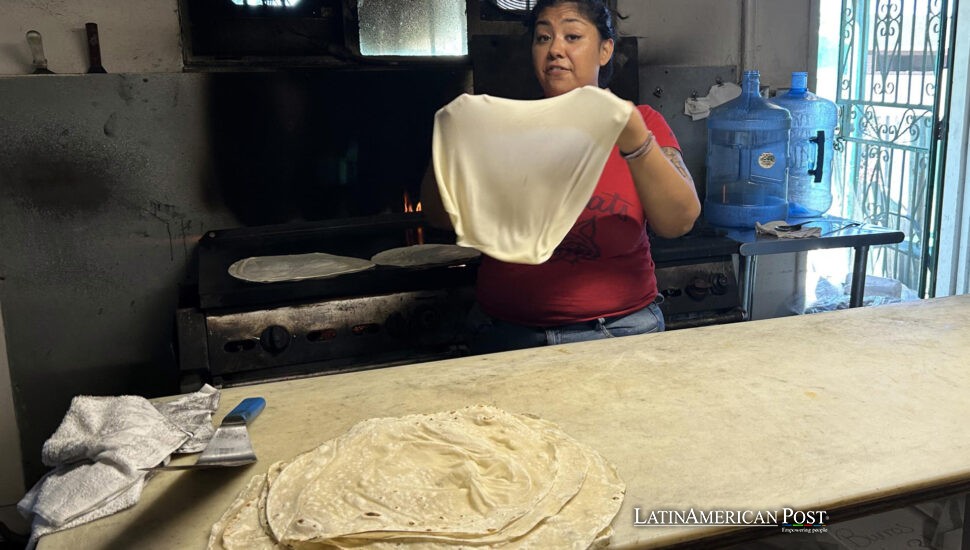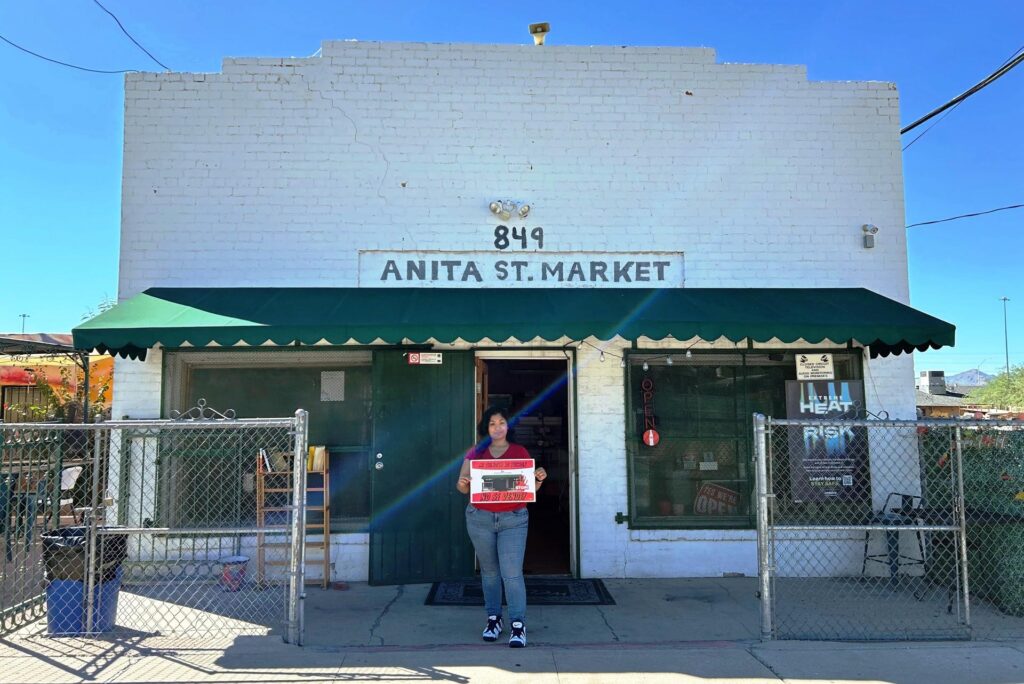A Tortilla Shop That Refused to Vanish: The Hispanic Soul of Tucson’s Barrio Anita

In Tucson’s Barrio Anita, a tiny storefront built in 1936 still smells like warm flour, memory, and defiance. Anita’s Street Market, a family-run tortillería, has survived pandemics, rising rents, and the passage of time. Now, it’s been named one of America’s “Latinx Historic Places in Peril”—and that recognition may be the very thing that saves it.
A Corner Store That Fed a Neighborhood and a Narrative
Before the sun burns over the Sonoran horizon, the sound of a sizzling comal echoes down Anita Street. It’s a ritual older than memory—the making of flour tortillas, soft as clouds, large enough to fold around the stories of generations. The adobe homes surrounding the market lean into its rhythm. The same walls that once stocked Chinese-owned goods now smell of Sonoran carne asada and roasted chiltepin peppers.
“For me, it was a great surprise and above all a blessing that our work of so many years—especially my grandparents’—is recognized,” owner Grace Soto told EFE after learning that her family’s shop had been added to the national list of Latinx Historic Places in Peril. “We are one of the last original businesses operated by the same family in Arizona,” she said, her voice both proud and weary.
Her grandparents’ faces still watch from fading photos on the wall—Grace and Mario Soto, who turned this small building into a neighborhood sanctuary in the 1980s. In Barrio Anita, where nearly seventy percent of residents identify as Hispanic, Anita’s Street Market isn’t just a restaurant. It’s a heartbeat that refuses to stop.
Chosen for a Peril List, Lifted by a Community
The “peril” list was launched by Latinos in Heritage Conservation (LHC), a national group spotlighting cultural and architectural landmarks that embody Hispanic identity yet face real threats—deterioration, gentrification, or neglect. Anita’s Street Market now stands among a dozen such places, from the Sacred Heart Church in Texas to the 24th Street Murals in San Francisco.
Recognition, in this case, came with rescue. The National Trust for Historic Preservation granted the market $50,000 to stabilize its old bones and restore the mural on its façade—where the white dome of Mission San Xavier del Bac glows like a promise of endurance.
“These two recognitions have been a real blessing,” Soto told EFE. “Anita’s Street Market is not going to disappear without a fight.”
She doesn’t call herself the owner. She calls herself the guardian. “Anita’s belongs to this neighborhood,” she said. “Here are its roots—our roots.”
The Guardian of Tortillas and Memory
Her guardianship is more than symbolic. Every morning, Soto rolls the dough herself—sobaqueras, the vast, whisper-thin tortillas native to Sonora, so large they drape over an arm and seem to breathe when they’re still warm. Tourists come for the legend; locals come for the familiarity.
“We’re getting many new customers who want to meet us,” she told EFE, smiling through the fatigue that only small business owners know. But even with new faces, the strain of the old building lingers—leaky roofs, outdated wiring, crumbling adobe walls.
When Soto’s grandmother died of COVID-19 in 2020, Grace inherited more than a shop; she inherited a legacy of care. “From a very young age, I witnessed their love for the store and above all their affection for this community and our neighborhood,” she said. Each tortilla she rolls carries that grief and gratitude, pressed thin as breath.
Some mornings, she still swears she can hear her grandmother humming in the kitchen, as if the past never left.

Preserving More Than a Storefront
To save Anita’s Street Market is to save a way of life. The market’s survival helped Tucson earn its 2015 title as the first UNESCO City of Gastronomy in the United States, not because of upscale dining, but because of traditions like this—the backyard parrillas, the molcajetes grinding chiltepin, the women who measure flour by feel, not cup.
When LHC lists endangered places, it’s documenting living history: the corner stores that extended credit when banks wouldn’t, the murals that turned walls into history books. These markets kept language and recipes alive through generations of exile and return.
Anita’s stands at the crossroads of Tucson’s intertwined stories—Mexican, Chinese, Indigenous, American. Its peril is tangible: aging infrastructure, rising costs, the fragility of family succession. But its actual risk is cultural erasure—the quiet death that comes when a neon sign flickers out and no one remembers what it meant.
Keeping the doors open now depends on more than nostalgia. The LHC spotlight brings visibility. The grant repairs brick and paint. The community brings energy. And Grace Soto keeps bringing the faith. “This business is part of us, of our history as a family and as a community,” she told EFE.
That conviction is stitched into every act of preservation: patching a wall, teaching a niece to roll dough, greeting a stranger with food and memory. The restored mural tells visitors that heritage can be tended like a garden. The tortillas remind them that heritage can be eaten while it’s still warm.
Also Read: Ecuador’s Hidden Guardians Chart a Future the World Can’t See
In Tucson, preservation begins with flour and water, a wooden dowel, and hands that refuse to forget. Anita’s Street Market may be small, but in every circle of dough, it holds the story of a neighborhood—and the stubborn hope that memory, when fed, never dies.

